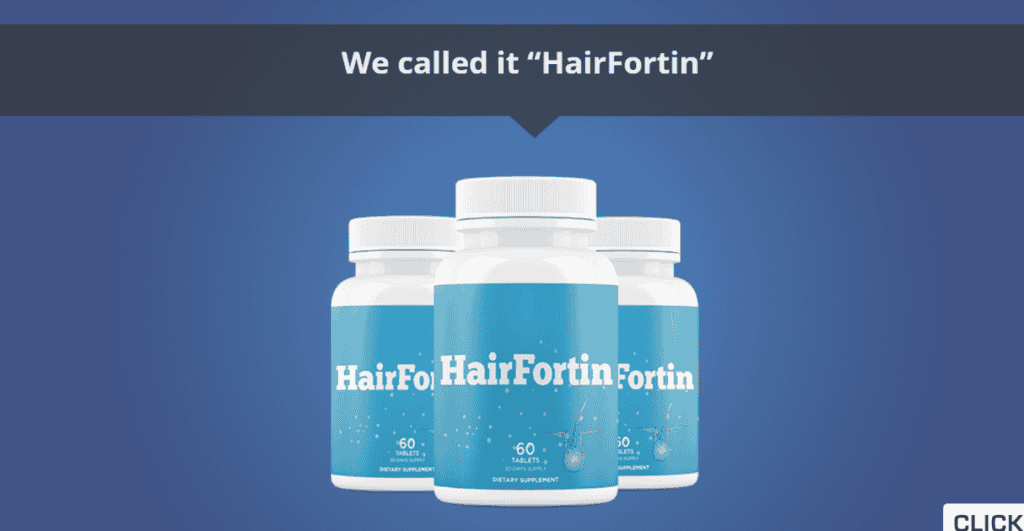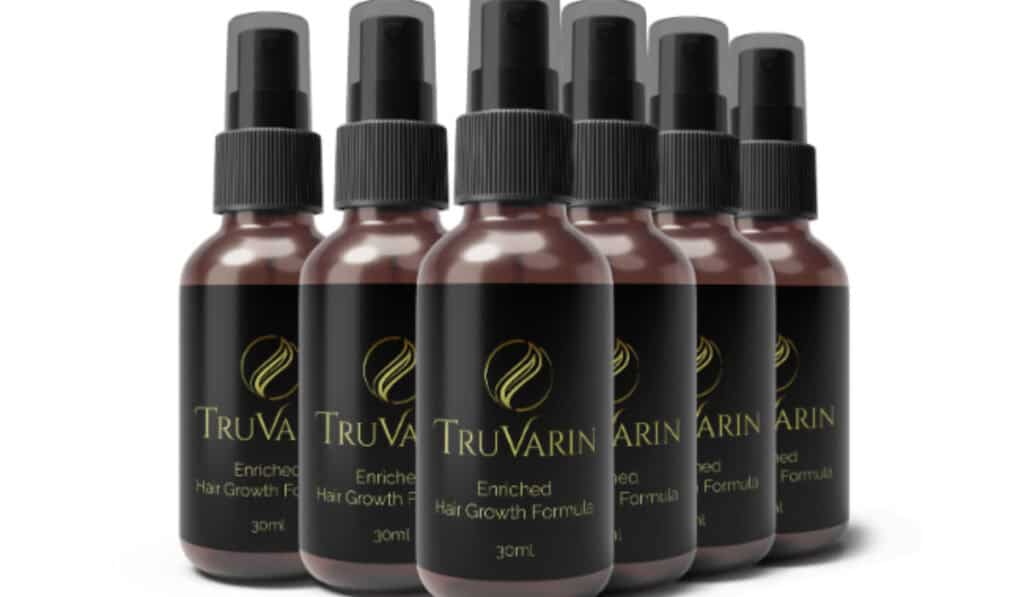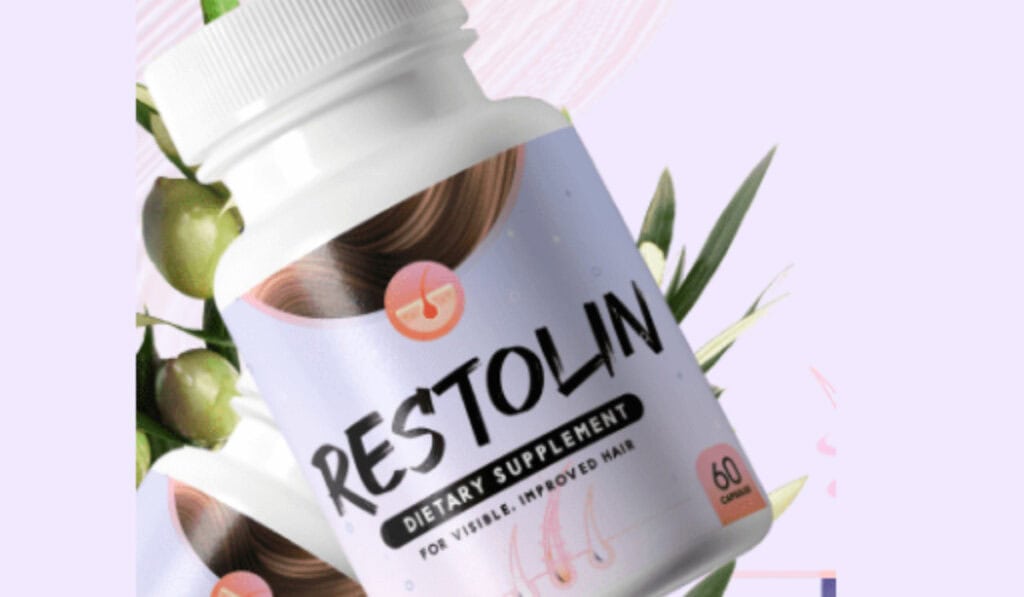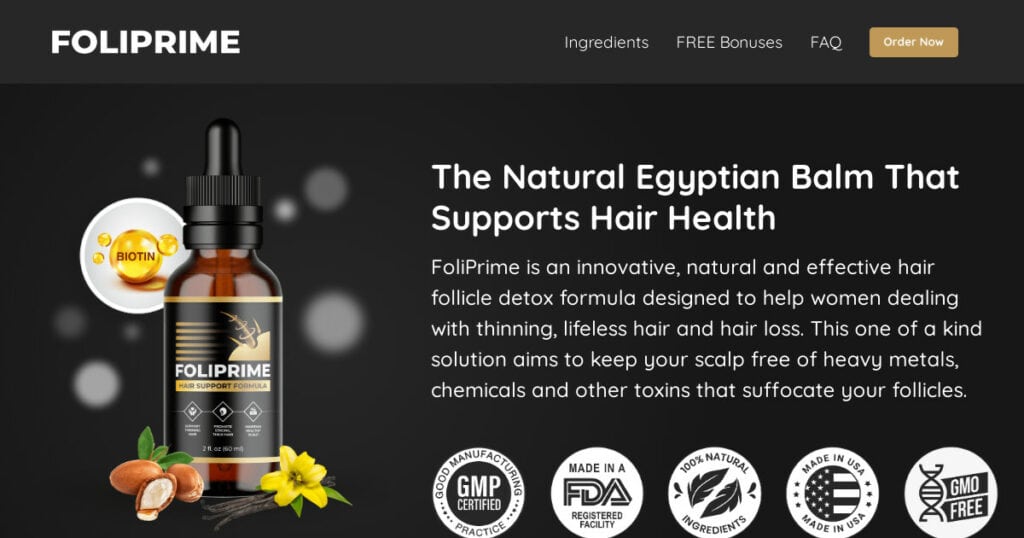Complete Guide for Long-Term Care
Dealing with pesky split ends can feel like a never-ending battle. However, there are effective ways to manage and even prevent them without reaching for the scissors. By incorporating a shine serum into your haircare routine, you can greatly improve the appearance of your ends. Additionally, adapting tips to prevent split ends, such as using a wide-tooth comb and minimizing heat styling, can help maintain the integrity of your hair strands.
Treatment for split ends goes beyond just superficial fixes. It involves a holistic approach to haircare, focusing on nurturing and strengthening your hair from the inside out. By choosing the right products and adjusting your daily habits, you can achieve healthy-looking ends without sacrificing length. This guide will walk you through the steps to protect your hair and keep it looking its best.
Understanding Split Ends and Their Impact
Split ends are not just a cosmetic problem; they can weaken your hair over time, leading to further damage. Deep conditioning treatments are essential in preventing split ends, as they help to nourish and strengthen your hair, making it less susceptible to breaking and splitting.
What Exactly Are Split Ends?
Split ends occur when the protective outer layer of the hair, known as the cuticle, gets damaged. This damage causes the hair to split into two or more parts at the end, leading to weakened strands that are more prone to breakage.
The Basic Split
The basic split is the most common type of split end, where the hair strand splits into two separate ends. This type of split can result from everyday wear and tear, such as brushing and styling, and is a sign that your hair needs more moisture and protection.
The Mini Split
Mini splits are smaller and less noticeable than basic splits but are an early warning sign of damage. Catching and addressing these early can prevent further splitting. Incorporating hydrating products into your routine can help repair and prevent these mini splits.
Fork In The Road
The “fork in the road” split end is more severe, with the strand splitting into three or more ends. This type indicates significant damage and requires intensive treatment to prevent further splitting and breakage. Regular deep conditioning and protective styling can help mitigate further damage.
Why Split Ends Are More Than Just a Cosmetic Issue
While split ends might seem like a minor nuisance, they can lead to more serious hair problems if left untreated. Split ends can travel up the hair shaft, causing breakage and making your hair more vulnerable to damage. This can affect your hair’s overall health, leading to weakened, brittle strands that lack shine and vitality.
Are You More Prone to Split Ends? Find Out Here
Certain factors can make you more prone to developing split ends. If you frequently use heat styling tools, color or chemically treat your hair, or if your hair is naturally dry or brittle, you may be at higher risk. Understanding your hair’s needs and adjusting your care routine accordingly can help minimize damage.
The Root Causes of Split Ends
Split ends can result from various factors, including chemical treatments, heat damage, tight hairstyles, and environmental stressors like extreme weather. Hair becomes more vulnerable to damage when exposed to these elements without adequate protection, leading to pesky frayed ends.
Daily Habits Contributing to Split Ends
Everyday activities and styling choices can contribute to the development of split ends. Being mindful of these habits can help you take steps to protect your hair.
Excessive Heat and Chemical Treatments
Regular use of curling irons, flat irons, and blow dryers, combined with chemical processes like relaxing or perming, can weaken your hair. This exposure to heat and chemicals makes your strands prone to breakage and splitting. Using UV rays protection and minimizing exposure to heat can help preserve your hair’s strength.
Hard Water and Environmental Factors
Environmental factors such as sun exposure and hard water can also contribute to hair damage. Protecting your hair from the sun and using filters to mitigate the effects of hard water can help keep your hair healthy and reduce the likelihood of split ends.
Hairstyling Practices and Their Effects
The way you style your hair can have a significant impact on its health. Being gentle with your hair and using the right tools can make a big difference in preventing damage.
Over-Brushing and Tight Hairstyles
Brushing your hair too often or too harshly, as well as wearing tight hairstyles, can cause stress on your hair strands, leading to split hairs. Opting for gentle detangling and looser hairstyles can help reduce this risk.
The Downside of Heat Styling Tools
While heat styling tools like curling irons and flat irons can help you achieve your desired look, they can also do significant damage to your hair. Using a heat protectant and limiting the use of these tools can help protect your hair from heat damage.
Prevention: Nipping Split Ends in the Bud
Keeping your hair healthy and free from split ends involves a proactive approach. By understanding what causes them and adjusting your hair care routine, you can prevent split ends from forming in the first place. This section explores practical steps you can take to protect your hair from damage and keep those split ends at bay.
Switch Your Pillowcase to Silk
One simple change that can make a big difference is switching from cotton pillowcases to silk pillowcases. Cotton pillowcases can cause friction, leading to split ends and breakage. However, sleeping on a silk pillowcase reduces this friction, helping to keep your hair smooth and reducing the chance of damage. Think of silk pillowcases as a nightly treatment option, giving your hair a break from the stresses of the day.
Brush Your Hair Gently
How you brush your hair plays a crucial role in its health. Using a wide-tooth comb or a wet brush can significantly reduce the risk of causing breakage and split ends. Start detangling from the ends and gradually work your way up to the roots, being gentle to prevent unnecessary stress on your hair strands. This careful approach can help maintain your hair’s integrity.
Opt for Low-Heat Styling and Protective Hairstyles
Excessive heat is a major culprit in causing damage, leading to breakage and split ends. When styling your hair, choose the lowest heat setting possible and consider using heat protectants. Additionally, wearing your hair in protective hairstyles can shield your ends from the elements, reducing the risk of split ends. Wrapping your hair in silk or satin before bed can also help protect it from damage.
Incorporate Nourishing Shampoos and Conditioners
Choosing the right shampoo and conditioner is crucial for preventing split ends. Look for products enriched with natural oils and ingredients like sweet almond oil that can help nourish and strengthen your hair. A repair conditioner can also help address any existing damage by replenishing essential moisture and nutrients.
The Role of Deep Conditioners and Hair Masks
For an extra layer of protection, incorporating a repair conditioner or repair mask into your routine can be beneficial. These products are designed to penetrate deeper into the hair shaft, repairing and preventing future damage. Regular use of these treatments can help maintain the health and vitality of your hair, keeping those split ends at bay.
Innovative Ways to Conceal and Treat Split Ends
While prevention is key, there are also innovative ways to conceal and treat split ends without resorting to scissors. This section will explore several methods to manage split ends, ensuring your hair looks healthy and well-maintained.
Camouflaging Split Ends Without the Snip
Even with the best care, some split ends can still occur. Fortunately, there are techniques to camouflage them temporarily. This approach allows you to maintain the length of your hair while dealing with split ends discreetly.
Using Serums and Oils to Smooth Ends
Serums and natural oils are perfect for smoothing frayed ends and adding shine. Products containing argan oil, coconut oil, or olive oil can seal the cuticle, making split ends less noticeable. These oils also nourish the hair, contributing to its overall health and appearance.
Styling Tips to Hide Those Pesky Splits
Certain styling techniques can help conceal split ends. For instance, twist-outs, buns, and updos can tuck away the damaged ends, making them less visible. Opting for hairstyles that don’t put additional stress on your ends is also a smart way to keep them from getting worse.
Home Remedies and Professional Treatments
There are both home remedies and professional treatments that can help manage split ends. These methods range from natural DIY solutions to more advanced treatments offered by hair care professionals.
The Magic of Hair Dusting and Trimming Techniques
Hair dusting is a technique that targets only the split ends without removing length. It’s a meticulous process that requires skill, but it’s an effective way to clean up the ends of your hair without a significant cut. Professional trimming techniques can also selectively remove split ends while preserving your hair’s length.
Natural Remedies: From Aloe Vera to Papaya
Natural remedies can provide gentle and effective care for split ends. Aloe vera, known for its healing properties, can help moisturize and repair damaged hair ends. These natural treatments offer a nourishing boost, helping to improve the overall health of your hair.
Maintenance and Long-Term Care
Maintaining healthy hair and preventing split ends requires a consistent care routine. By adopting habits that protect and strengthen your hair, you can enjoy long-term benefits, including reduced breakage and damage. This section highlights the importance of ongoing care and effective practices for keeping your hair in top condition.
When to Opt for a Trim: Timing is Everything
While prevention and care are vital, regular trims are also essential for maintaining healthy ends. Trimming your hair every 8-12 weeks can help remove split ends and prevent them from traveling up the hair shaft. Timely trims ensure your hair looks healthy and grows without unnecessary breakage.
Strengthening Your Hair from Within
To shield your hair from becoming prone to splitting, it’s crucial to address the shaft due to damage from the inside out. Integrating biotin and folic acid into your diet can significantly enhance the health of your hair. These nutrients work together to fortify the hair strands, making them less likely to split and break. By focusing on internal nourishment, you’re setting a solid foundation for resilient, split-free hair.
The Importance of Hydration and Proper Nutrition
Hydration and nutrition are key to maintaining healthy hair and preventing split ends. Drinking plenty of water daily ensures that your hair stays hydrated from the inside out, while a balanced diet rich in vitamins and minerals supports hair strength and elasticity. Foods high in omega-3 fatty acids, antioxidants, and protein can repair damaged hair, making it less susceptible to breaking and splitting. Emphasizing hydration and proper nutrition is a proactive way to keep your hair looking and feeling its best.
Product Recommendations for Split End Care
For those seeking to treat split ends without cutting, there are several products designed specifically for this purpose. Look for serums, leave-in conditioners, and hair masks enriched with keratin, argan oil, and other hydrating ingredients. These products can help seal the hair’s cuticle, preventing further damage and concealing existing splits. Applying them regularly as part of your hair care routine can make a noticeable difference in the health and appearance of your ends.
Top Picks for Every Budget and Hair Type
Regardless of your budget or hair type, there are effective products out there to help manage hair prone to splitting and protect the shaft due to damage. Affordable options include drugstore finds rich in natural oils and proteins, while luxury brands offer advanced formulas with unique blends of nutrients. For best results, choose products tailored to your hair’s specific needs, whether it’s moisture, repair, or protection, to keep those ends looking smooth and healthy.
Answering Your Split Ends FAQs
Many wonder about the best timing for hair trims to prevent split ends. A general guideline is every 6-8 weeks, but this can vary based on your hair’s condition and growth rate. Regular trims are essential in removing split ends and preventing them from traveling up the hair shaft, which can lead to more significant damage and breakage. Keeping to this schedule can help maintain your hair’s health and appearance.
Can Split Ends Really Halt Hair Growth?
While split ends don’t directly stop hair from growing, they can lead to hair breakage, making it seem like your hair isn’t growing. The tips of your hair are the oldest and most fragile part, so when they split, they can break off. This breakage can keep your hair from reaching its full length potential. Regular trims and proper hair care are crucial to prevent this cycle of breaking and splitting.
Curly Hair and Split Ends: What You Need to Know
Curly and kinky hair types are particularly susceptible to split ends due to their texture. The natural twists and coils can make it harder for oil from the scalp to travel down the hair shaft, leading to dryness. The curly girl method, focusing on moisture and minimal handling, can be beneficial in protecting these hair types from splits and breakage. Embracing this method helps maintain the hair’s natural oils and hydration, reducing the risk of splitting.
The Truth About Split Ends and Hair Breakage
Split ends are not just a cosmetic issue; they’re a sign of hair damage that can lead to further breakage if not addressed. When the hair’s protective outer layer is compromised, it becomes weak and split ends occur. This damage can travel up the shaft, causing more severe breakage. Preventive measures like using heat protection, avoiding harsh chemicals, and nourishing the hair can minimize split ends and breakage.
Concluding Thoughts: Embracing Healthy Hair Habits
Adopting healthy hair habits is essential for preventing and fixing split ends. Utilizing heat protection, incorporating amino acids into your care routine, and regularly applying masks and conditioners can repair damaged hair and shield it from future harm. By taking these steps, you’re not only addressing current split ends but also preventing new ones from forming, leading to stronger, healthier hair.
A Comprehensive Approach to Preventing and Fixing Split Ends
Preventing and fixing split ends requires a comprehensive approach that includes gently detangling, using a weekly hair mask, and avoiding damage to the cuticle. Incorporating vitamins and minerals into your diet can strengthen dry and damaged hair from within. Vitamin C, for example, is crucial for proper nourishment and can help repair and prevent split ends. Techniques like candle cutting, where a lighted candle is used to singe off split ends, offer an unconventional but effective treatment when done by professionals. Committing to these practices for at least 30 minutes a week can significantly improve your hair’s condition.





